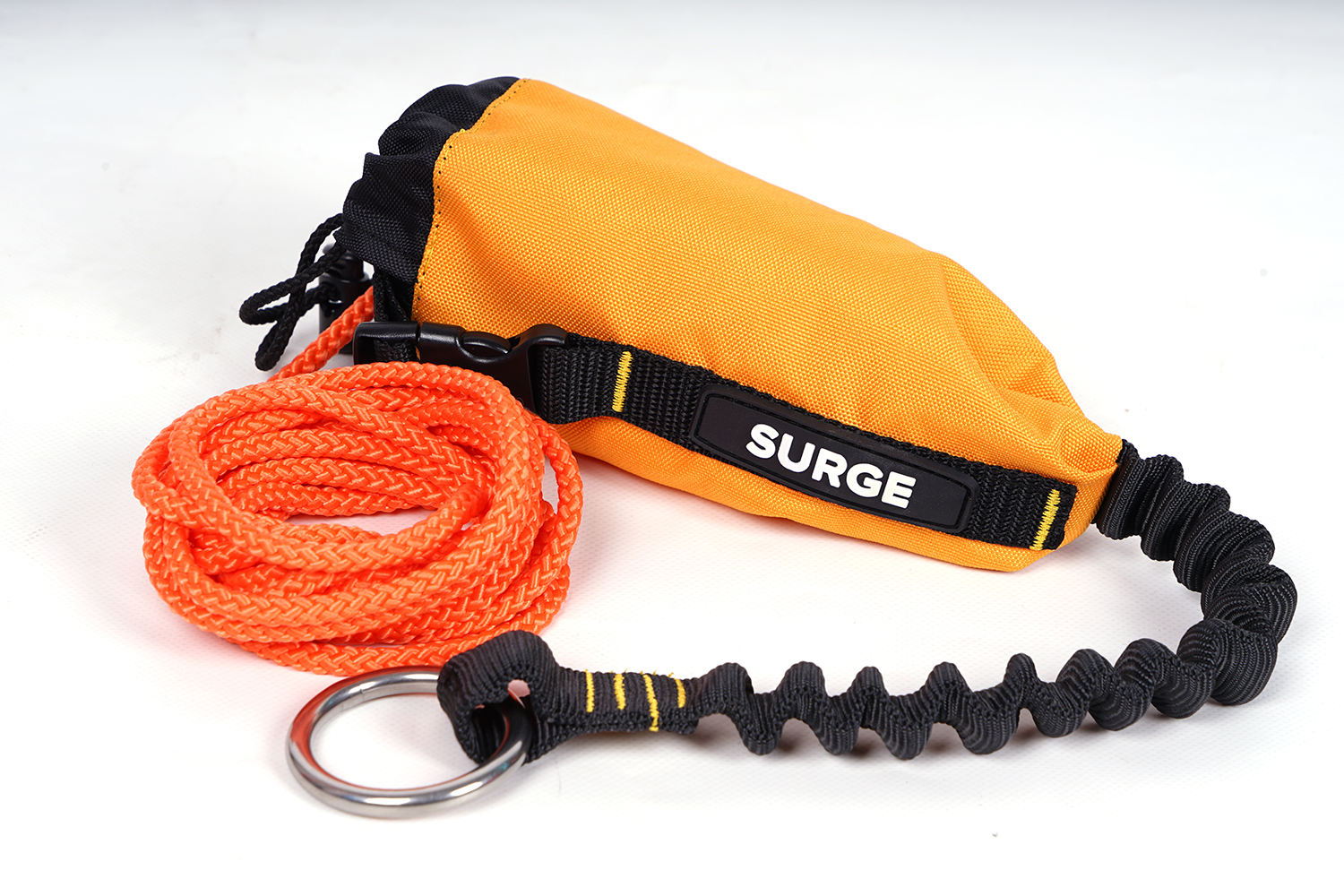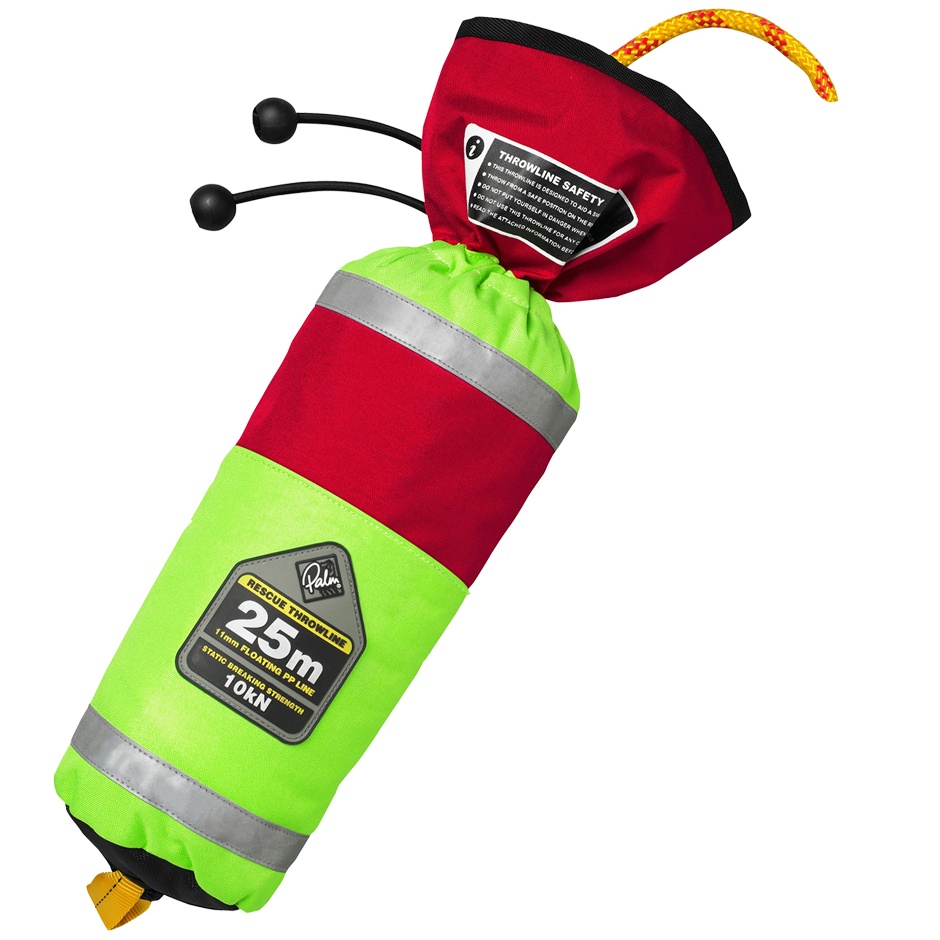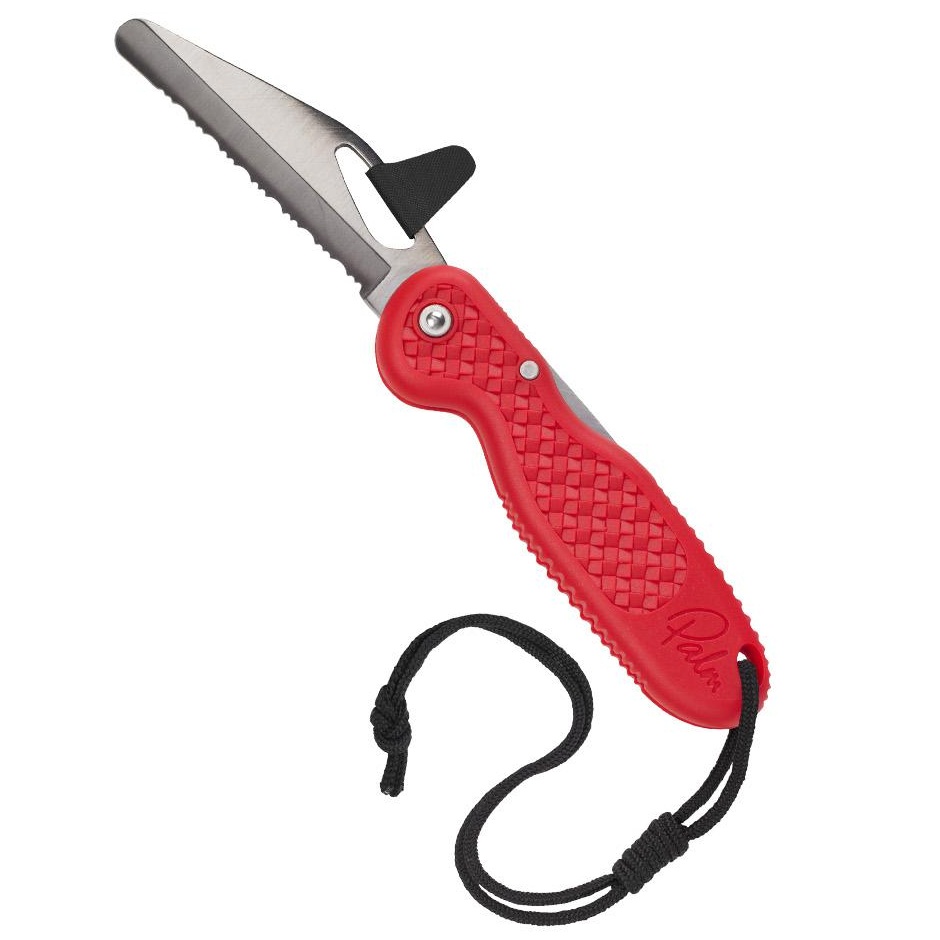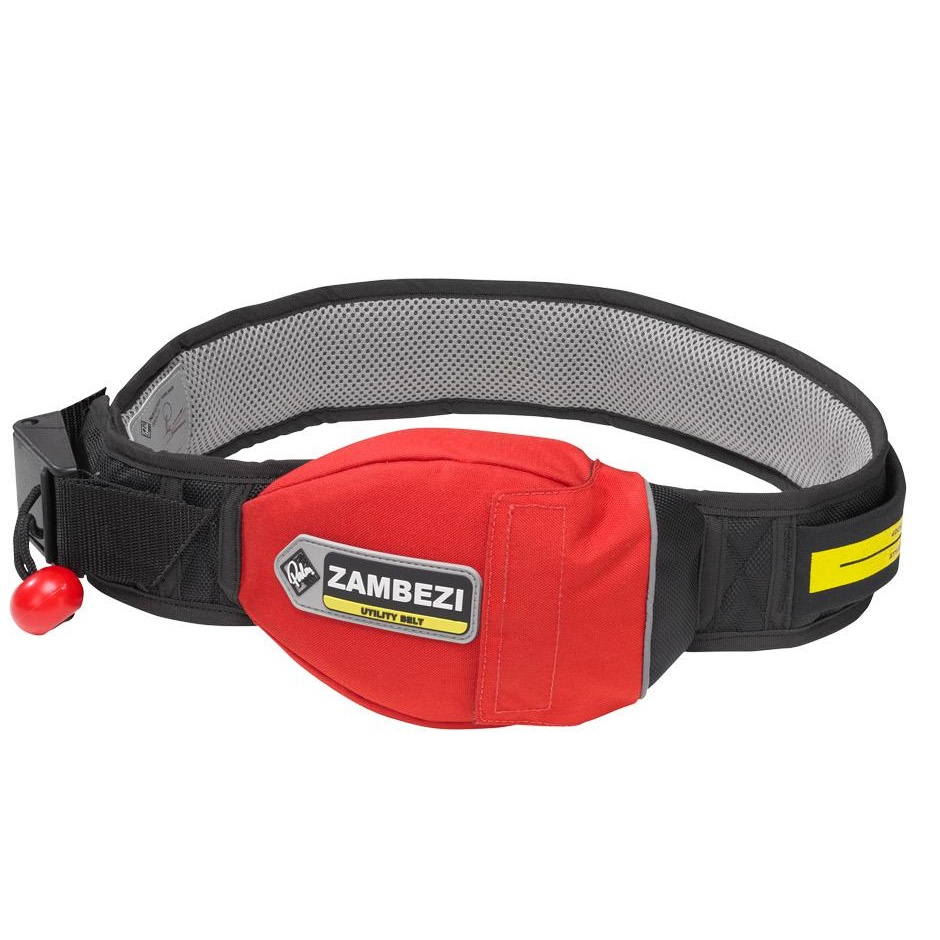Paddling out in the wild is one of the most exciting adventures, but let’s make sure your trip ends with a positive note. Rescue Equipment is an important consideration.
Prioritise safety at all times and practice your rescue skills. Also make sure you have handy a towing system, essential for rescue and safety tool-kits.
You can find a useful Basic Rescue Video HERE
- SELF RESCUE
It is important to be safe this means knowing (at least) the basics of how to get yourself out of the water, either to the edge in a river or back in your kayak on the ocean. Practice, wear a life jacket and carry appropriate gear
For sea kayaking a bailing pump and paddle float (to aid in reentry) are a good idea, pumps may be legally required. For white water Flotation bags for your kayak are a good minimum(if it can fill up).
2. TOWING
Make sure your towing system can be set up quickly and is easily accessible. Practice using it especially releasing it whilst under load, your safety is most important you need to be able to escape, you can’t help people if you’re in trouble.
There are a couple of options for towing depending on the conditions of the water and the person being towed.
Close Contact Tow
This is used by sea kayakers to keep the boats close together and is great when the person being towed is having trouble staying upright either due to conditions or injury. The towed paddler can gain support from the kayak towing and it is easy to monitor the condition of the injured paddler without yelling etc. Bow of boat being towed will be touching the middle of the towing boat.

A short towline is used (when a kayaker is unsteady or disabled) to brace the rescuer to the rescued. Longer than a close contact tow the towline can fasten between the deck lines of the two boats or from a PFD/Beltwaist mounted tow point, and may incorporate a stretch shock absorber to make it smoother and easier to paddle
Note, a quick-release fastened to the rescuer side is best. These tow lines are also handy for general kayak transportation and anchorage.
This length is standard across kayaking around Australia.
This Tow Line is long enough to allow two kayaks to perform a tight V-Tow side by side tow to a third kayak.
We recommend a shock absorber and a quick release system during rough water conditions and you may prefer a waist system, but many just use the rope direct to the kayak deck, or deck lines.
Throw Bags are ideal to use as deck mount tow lines: The rope will float and they are nicely packaged for storage in your kayak or in your kit when not in use we stock a range of both Palm and PeakPS throwbags
Waist mounted towlines are very common as well especially in white water. You will likely never see a deck mounted tow line in white-water. We’ll cover these below separately
Before you choose your throw bag you need to ask yourself a few questions

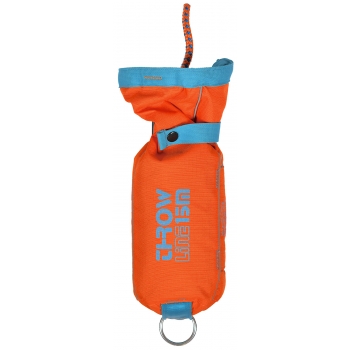
What are you going to use it for?
It might sound like too obvious a question, but depending on your intended use you might choose a different bag.
- Is it primarily going to be used for throwing to a swimmer?
- Will you be possibly lowering/lifting boats down a steep riverbank with it?
- Will you be using it to pull on in a pinned boat situation?
- Will you be using advanced rescue techniques with this rope?
How long or thick do you need the rope to be?
The length and diameter of the rope typically dictate the overall size and weight of the bag. We often see paddlers opting to buy shorter length ropes because they think they might not be able to throw a bigger bag. But you can always remove line quickly from a bag to make it smaller, lighter, and easier to throw, and making a shorter rope length isn’t quite as easy! Thicker ropes are generally easier to handle when they come under load and are also more durable, however, this makes them heavier and not quite so easy to throw. Thinner lines can be tougher to handle when loaded (although the good technique can help here) but they are lighter and more compact which makes them better for a bag optimized for throwing.
What to look for in a throw-bag?
There are some great features that are standard across all of the range of throwlines
- High visibility colours and matching high visibility floating rope
- All the rope has a core for durability and strength
- Length, breaking strength and rope diameter all printed clearly on the outside
- All ropes and throwlines meet the clean line principle (no handles in the rope or large loops at the end of the bag)
- All use a Quick clip attachment point
- All bags can be carried on a waist belt (optional)
Our rescue throwline features a detachable, easy-to-handle floating rope. Designed to be adaptable‚ with belt attachments‚ wide neck openings and floating bags.
Palm and PeakPS use top quality materials, have attention to detail. And, when you buy a Palm or PeakPS bag you can also be assured that a huge amount of R&D has gone into it. These bags have spent hundreds of hours in the hands of the best paddlers in the world in some crazy locations and with international rescue teams depending on them on a daily basis. By the time that bag ends up in your hands, you can be certain it’s been tested for real.

Make sure this is handy and attached to your PFD. Practice positioning your tow rope so you can do it in all eventual conditions.
The Palm Folding Knife is everything a paddler needs from a knife – a 70 mm locking blade‚ serrated rope-cutting edge and a safely rounded tip. Its low-profile knurled handle fits neatly in a PFD knife pocket‚ and the bite pull-tab is a simple addition which makes it easier to open one-handed.
3. TOW EXTREMITIES
These are generally positioned near your hip or slightly behind it on your boat for rapid reach and quick release, Permanent cleat systems mounted to your boat are a great option but with practice (at releasing it quickly) a carabiner attached to your kayak’s deck line may also serve.
Important: It’s not advised fastening the tow line to deck bungee cord.
On rough waters, we want to be able to get out of tight places quickly. Towing systems can be fastened to rescuer’s the waist or PFD. Versatile it does not matter what you’re paddling you have your gear. Some PFDs (commonly called Instructor, White Water or Rescue Life Jackets) have a built-in quick release belt. Also available are Quick release belt only, Belt with built in tow line, Belt that also has ability to carry a throw bag on its own quick release and has with a tow line options.
IMPORTANT: Always make sure you undertake formal training with a qualified Instructor and practice.
Have a safe adventure!
Check out our range
https://paddlesportsmegastore.com.au/product-category/kayaking-accessories/safety/

